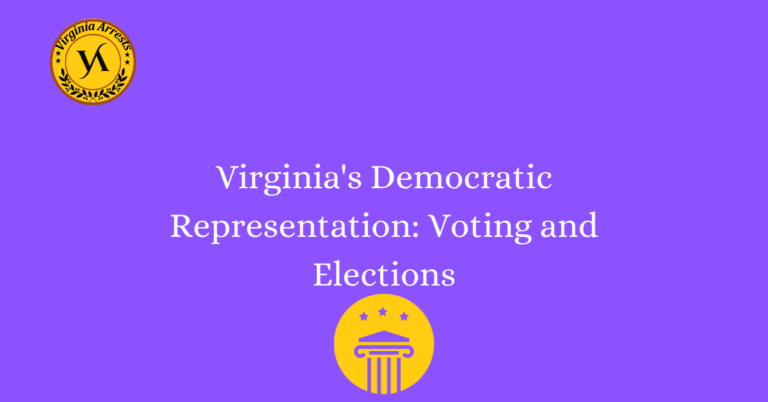Demographic Analysis of Arrests in Virginia
When it comes to understanding the criminal justice system, it is crucial to analyze the demographic makeup of arrests in a particular region. In the case of Virginia, a comprehensive study was conducted to shed light on the patterns and trends of arrests among different demographics. This analysis aims to provide valuable insights into the disparities and inequalities that may exist within the criminal justice system, allowing for informed discussions and targeted interventions to address these issues.
Overview of Demographic Analysis in Virginia
Racial Disparities in Arrests
In this section, we will examine the racial disparities present in arrests within the state of Virginia. The analysis revealed significant differences in arrest rates among various racial groups. By delving into these disparities, we can gain a deeper understanding of potential biases and inequalities within the criminal justice system.
Socioeconomic Factors and Arrest Rates
This section explores the relationship between socioeconomic factors and arrest rates in Virginia. The study found that individuals from lower socioeconomic backgrounds were more likely to be arrested. By examining this correlation, we can identify potential contributing factors and work towards implementing targeted interventions to address these disparities.
Gender Differences in Arrest Patterns
This section focuses on the gender differences observed in arrest patterns in Virginia. The analysis revealed variations in arrest rates between males and females. By examining these differences, we can gain insights into potential gender biases within the criminal justice system and work towards promoting equality.
Age and Arrest Rates
Here, we delve into the relationship between age and arrest rates in Virginia. The study found variations in arrest rates across different age groups, highlighting the importance of considering age as a factor in understanding the criminal justice system. By analyzing these trends, we can develop strategies to address the unique challenges faced by different age groups.
Geographic Disparities in Arrests
This section explores the geographic disparities observed in arrests within Virginia. The analysis revealed variations in arrest rates across different regions of the state. By examining these disparities, we can identify potential factors contributing to the differences and work towards implementing targeted interventions to promote fairness and equity in the criminal justice system.
FAQs
What is demographic analysis of arrests in Virginia?
Demographic analysis of arrests in Virginia refers to the study and examination of the characteristics of individuals who have been arrested in the state. This analysis focuses on various demographic factors such as age, gender, race, ethnicity, and socioeconomic status to understand patterns and trends in arrests.
Why is demographic analysis of arrests important?
Demographic analysis of arrests is important because it helps in identifying any potential biases or disparities in law enforcement practices. By examining the demographics of those who are arrested, we can determine if certain groups are disproportionately affected by arrests and if there are any underlying issues that need to be addressed.
What are the key findings of demographic analysis of arrests in Virginia?
The key findings of demographic analysis of arrests in Virginia may vary depending on the specific study or research conducted. However, some common findings may include disparities in arrest rates among different racial or ethnic groups, overrepresentation of certain demographics in certain types of crimes, and potential biases in law enforcement practices.
How is demographic analysis of arrests conducted?
Demographic analysis of arrests is conducted by collecting data from various sources such as law enforcement agencies, court records, and other criminal justice databases. This data is then analyzed and categorized based on different demographic factors to identify patterns and trends.
What are the implications of demographic analysis of arrests?
The implications of demographic analysis of arrests are significant as they can provide insights into the effectiveness and fairness of law enforcement practices. The findings can be used to inform policy decisions, improve training programs, and address any potential biases or disparities in the criminal justice system.
How can demographic analysis of arrests contribute to improving the criminal justice system?
Demographic analysis of arrests can contribute to improving the criminal justice system by highlighting areas that require attention and reform. It can help in identifying and addressing any biases or disparities in law enforcement practices, promoting fairness and equality, and ensuring that the system works for all individuals regardless of their demographic characteristics.
Conclusion
In conclusion, this comprehensive analysis of arrests in Virginia sheds light on the demographic patterns and trends within the criminal justice system. By examining racial disparities, socioeconomic factors, gender differences, age-related patterns, and geographic disparities, we can identify areas for improvement and work towards creating a more equitable and just system. This analysis provides valuable insights for informed discussions and targeted interventions to address disparities and promote a fair criminal justice system in Virginia.







